Sign In
Welcome to AI Checker Sign in to continue your exploration of our platform with all its exciting features.
Forgot Password?
Don’t have an account ? Sign Up
Forgot Password
We'll Send You An Email To Reset Your Password.
Back to Login
Sign Up
Embrace the Future with AI Checker Sign up now and let's rewrite the possibilities together.
Already have an account? Sign In
Enter OTP
We'll send you an email to reset your password.
Back to Login
Enter OTP
We'll send you an OTP on your registered email address.
Back to Login
Confirm Password
Please enter your new password.
How to Improve Your Writing to Pass AI Detection Tests
 Nathan Porter
Nathan Porter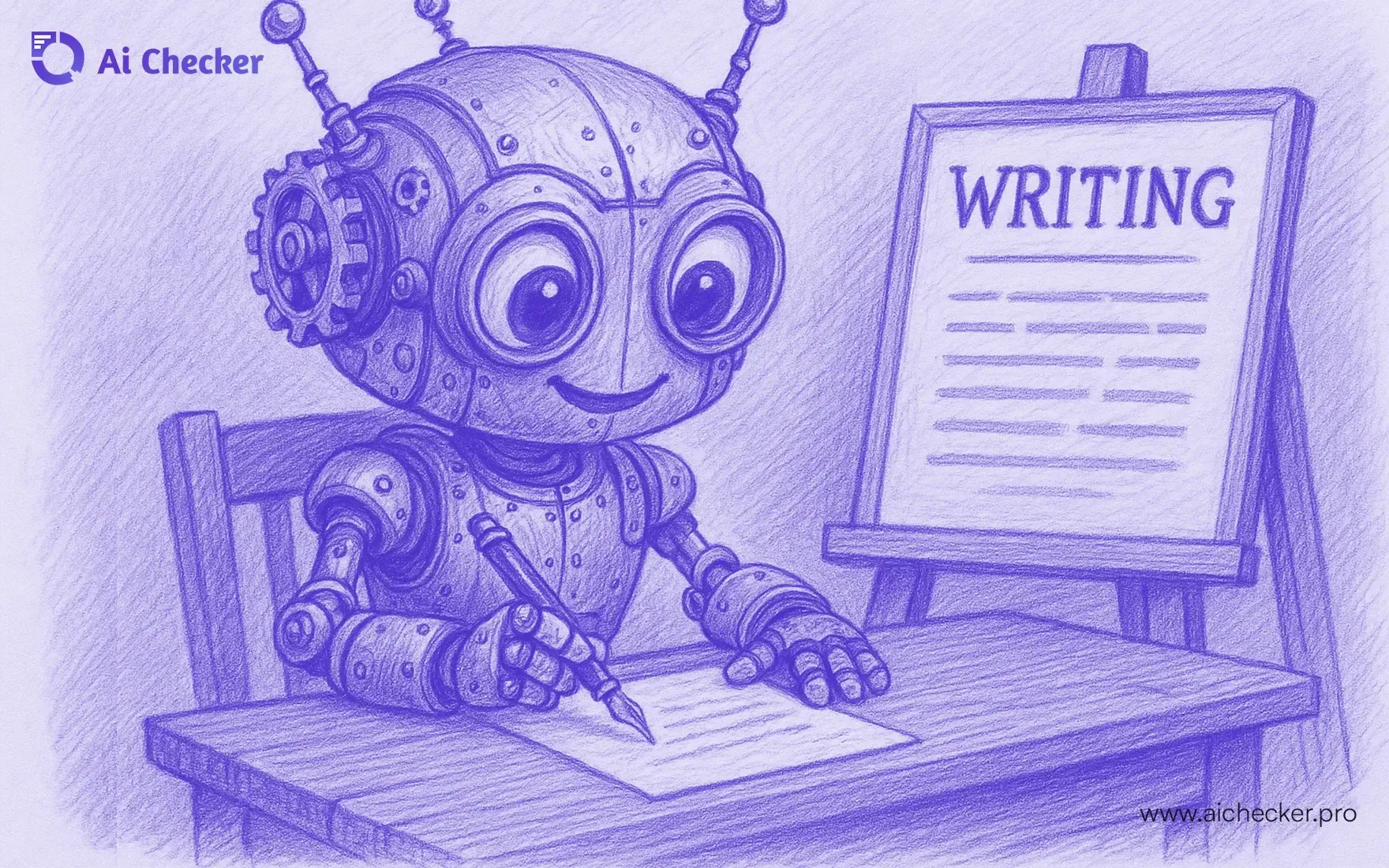
TABLE OF CONTENTS
Why Authenticity in Writing Matters
Understanding AI Detection Tools
Why Human-Like Writing is Essential
Practical Tips to Improve Your Writing Style
Editing and Humanizing Your Draft
Top 7 AI Tools to Improve Your Writing
Challenges & Limitations
Common Mistakes That Trigger AI Detection
Conclusion
FAQs
In today's digital age, numerous individuals are utilizing artificial intelligence (AI) tools, such as ChatGPT, to assist in writing. While these tools are useful, schools, colleges, and websites now use AI detectors to check content to see if it was generated by a human or by a computer program. As a student submitting an essay or a content creator developing articles, you need to write in a voice that conveys a natural human feel.
This guide will help you learn some easy techniques to improve your writing style to help your writing successfully pass AI detection. Whether you want to avoid being flagged by an AI checker or you want to create authentic content, these recommendations will assist in writing better and more genuinely.
Why Authenticity in Writing Matters
Genuine writing establishes trust with your audience. When individuals read your content, they want to form a connection with someone who has lived experience and genuine thoughts. That connection is what makes writing powerful and impactful.
For a student in school, authentic writing communicates to a teacher that you have a genuine understanding of the material. For bloggers or other content creators, it helps develop a loyal audience who values your point of view. It is also important to Google, especially, as search engines prefer original, helpful content written by individuals with subject matter expertise, rather than machine-generated content.
If you use an AI content detector, you will notice that these detect patterns that imply a machine wrote the text. Writing authentically is producing your work in a way that sounds like you, your tone, your examples, and your way of explaining.
Understanding AI Detection Tools
An AI detector is a type of software that can analyze text to determine whether it was written by a human or generated by an AI. Such software tools are increasingly common in schools and workplaces to protect academic integrity and the quality of content.
How do AI detectors work?
Most AI detector tools use machine learning to spot patterns common in AI-generated text. They look for things like:
Repetitive sentence structures
Predictable word choices
Lack of personal examples or emotions
Perfect grammar with no natural mistakes
Generic phrases that appear frequently in AI writing
Commonly used tools are ChatGPT checker software, Turnitin's AI detection feature, and many free AI detector tools available online. Although they are imperfect, AI detectors are becoming better at detecting AI writing.
Are AI detectors guaranteed to be right?
No, AI detectors make mistakes sometimes. They may, for example, flag human writing as AI writing (false positive), or they may miss AI-generated work. Knowing how AI detectors work allows you to write in a way that will clearly demonstrate human thought and creativity.
Why Human-Like Writing is Essential
Human-like writing matters for several important reasons:
Academic integrity: Schools utilize an AI detector to identify robotic writing that doesn't sound human for essays to ensure students are writing their own work. If your writing seems too robotic, there can be academic consequences even if you wrote your paper yourself.
Reader engagement: People connect more to writing that sounds personal and conversational. When your writing sounds like a real person is speaking, readers are more engaged and trust the information more.
SEO advantages: Google's E-E-A-T (Experience, Expertise, Authoritativeness, and Trustworthiness) guidelines specifically highlight content that comes from real human experience over content that is generic and generated via AI writing. Google is simply trying to show users helpful content that is actually created by real people, not generic content created by AI writers.
Professional credibility: When you are writing, whether for a blog, business, or your personal brand, human-like writing makes you seem like a real expert that understands a deep knowledge of what you are writing about.
Practical Tips to Improve Your Writing Style
I'd like to mention a few simple techniques that can help your writing sound more natural and more human. These techniques can be implemented regardless of whether you are writing from scratch or refining an AI-assisted draft.
1. Use Simple Natural Sentences
Write as you speak. Instead of saying "Utilize this methodology to accomplish your objectives," use this method to reach your goals. Simple language does not mean you are writing simply only that more people can understand your writing and take pleasure in it.
Example of robotic writing: "The implementation of effective strategies facilitates the achievement of desired outcomes in academic pursuits."
Example of natural writing: "When you use the right strategies, you'll get better results in school. I learned this the hard way during my first year of college."
Notice how the second example sounds like a real person talking? That's what you want.
2. Add Personal Examples and Stories
This is the most powerful way for your writing to feel human. AI has a difficult time evaluating personal stories because, simply, AI cannot have real experiences.
Instead of simply defining what something means, you can tell when you learned it, or some instance of when you acted it out or exhibited it. For example, if you are writing about, say, time management, you don't need to read five tips, but can give a narrative story about how you struggled with deadlines and what you did to manage dates.
Generic AI-style writing: "Time management is important for students. Creating a schedule helps organize daily tasks efficiently."
Human-style writing: "Last semester, I almost failed my chemistry class because I kept putting off assignments. Then my roommate showed me how she uses a simple planner, and everything changed. Now I write down all my deadlines on Sunday night, and I haven't missed an assignment since."
See the difference? Personal stories make your writing unique and impossible for an AI checker to flag as artificial.
3. Vary Sentence Length and Structure
AI often writes in predictable patterns. Mix up your sentences to create natural rhythm. Use some short sentences. Then follow with longer, more detailed sentences that explain your ideas fully. This variation makes your writing flow better and sound more human.
Too predictable: "Writing is important. Good writing takes practice. Everyone can improve their writing. You need to write every day."
Better variation: "Writing is important. But here's the thing getting good at it takes real practice. Some days you'll write garbage, and that's okay. The key is showing up consistently, even when you don't feel inspired."
4. Avoid Overused or Predictable Words
AI tools often overuse the same terms and phrases. Words like "delve" and "tapestry" - with many others like "landscape," "realm," and "robust" - appear often in the writing produced by AI. None of these words is are bad word. But using them too often signals to an AI content detector that you used AI to write for you.
Use everyday language instead. For example, you could replace "delve into" with "look at" or "explore." Or instead of "in today's digital landscape," say "in today's online world" or just "today".
Editing and Humanizing Your Draft
Even if you write everything yourself, your first draft might sound a bit stiff. Here's how to make it more natural through editing.
1. Paraphrase Instead of Copy-Paste
When utilizing information from other sources (including research done on AI assistants), don't ever copy the text. Read the information, and once you close the page, explain the information in your own words. This can help present your unique voice.
When I write about a topic I researched, I will take notes by hand rather than copy the text. This practice is deliberate because writing will require me to process the information and explain it my way.
2. Run a "Humanization" Pass
After finishing your draft, read it out loud. Does it sound like something you would actually say to a friend? If not, rewrite those parts more casually.
Look for places to add:
Your opinions or reactions
Questions that your reader might have
Conversational phrases like "Here's the thing" or "Let me explain"
Contractions (don't, can't, you're) instead of formal words (do not, cannot, you are)
3. Proofread with a Reader's Perspective
Prior to submitting your writing to an AI detector tool, consider your audience’s perspective. Will this help them? Does it address their questions? Is there something unclear?
Good writing is intended to serve the reader above all else. When you prioritize being helpful rather than simply meeting a word count or utilizing poetic language, you will likely end up being more human and easier to read.
Top 7 AI Tools to Improve Your Writing
While we want to write authentically, some tools can help improve your work without making it sound robotic. Here are helpful options:
1. Aichecker Pro
Aichecker Pro tool assists you in scanning your content to see if it is possible that it will trigger AI detectors.
This can be helpful for reading your writing before submitting, and to highlight any spots that are more likely to be flagged and need your more biased memory. In that feedback, you will get a better idea of what text sounds too general.
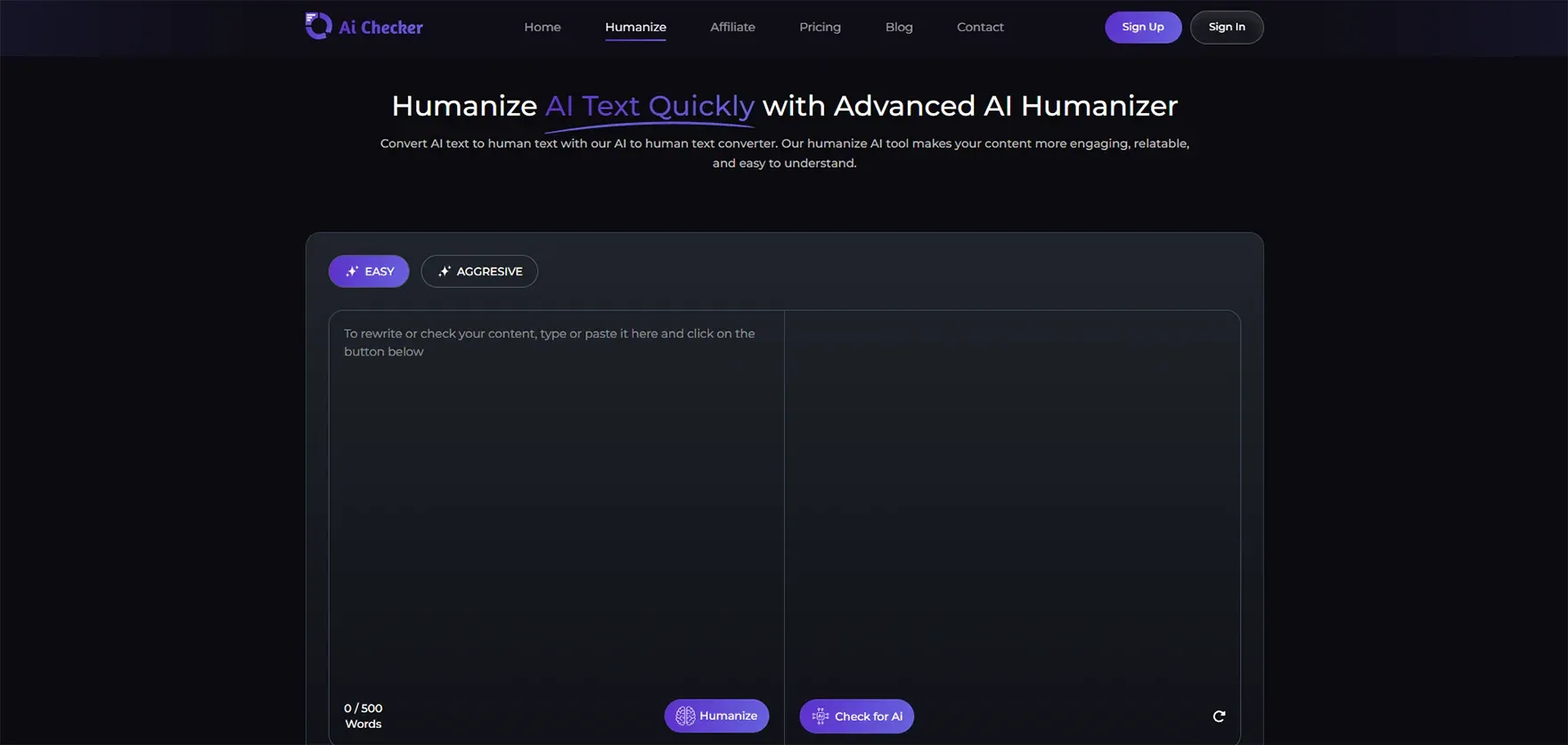
2. AssignmentGPT AI
This Assignmentgpt.ai is a writing tool that can help while staying in the human voice.
It also makes suggestions for things you can write in your own voice, rather than copying direct suggestions. Good for brainstorming ideas when you are stuck.
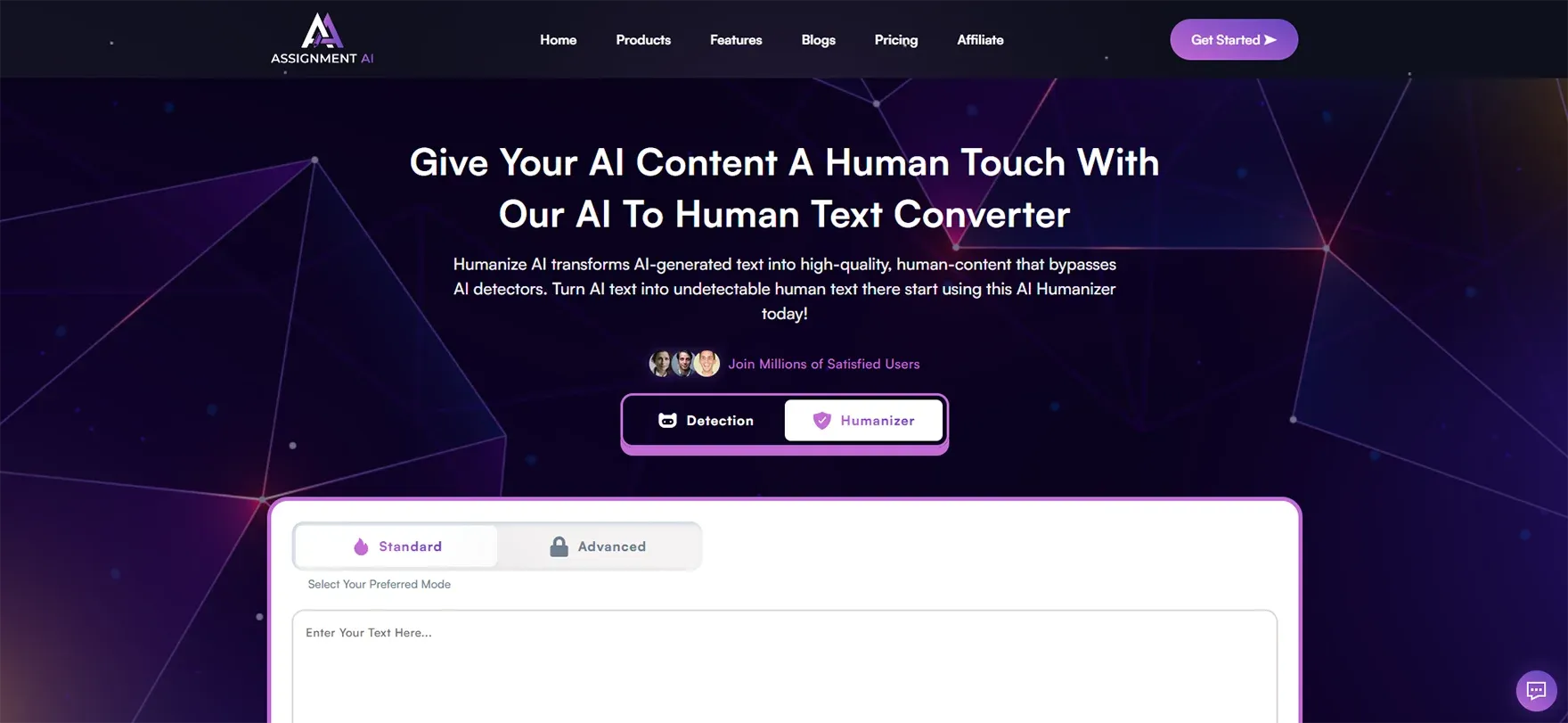
3. Bypass
Bypass is a tool focused on helping you rewrite AI situations to sound more natural. If you used AI at the beginning as a rough draft, Bypass will suggest ideas to further insert humanity into the situations. Just make sure to go back and add examples from your own personal memory afterwards.
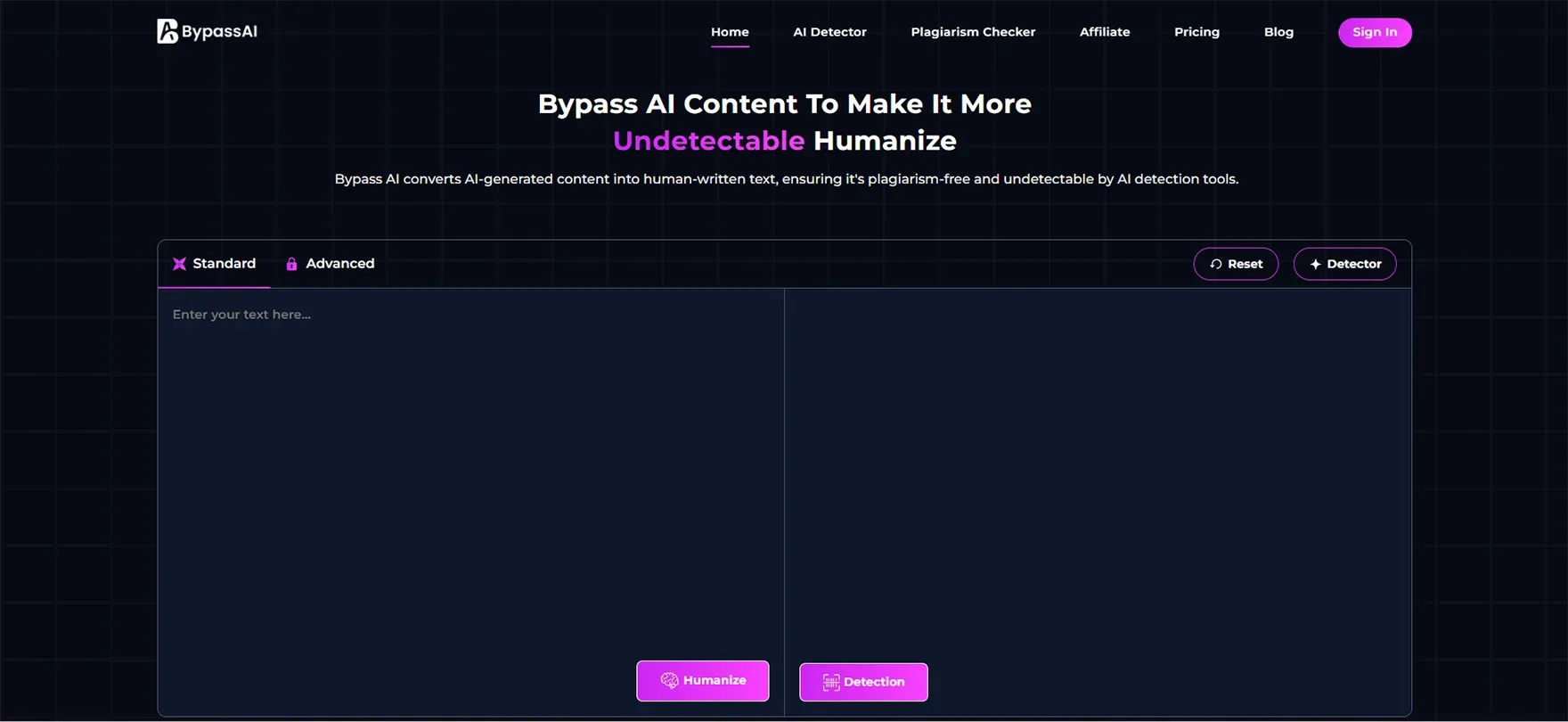
4. Quillbot
Quillbot is useful for generating content, but is especially effective when you provide a lot of customization to its output and really mold it to your own voice and use your own stories. I think it is best used for generating outlines or a start to ideas. Build off of the first ideas, then rewrite everything back into your own voice, using your own experiences.
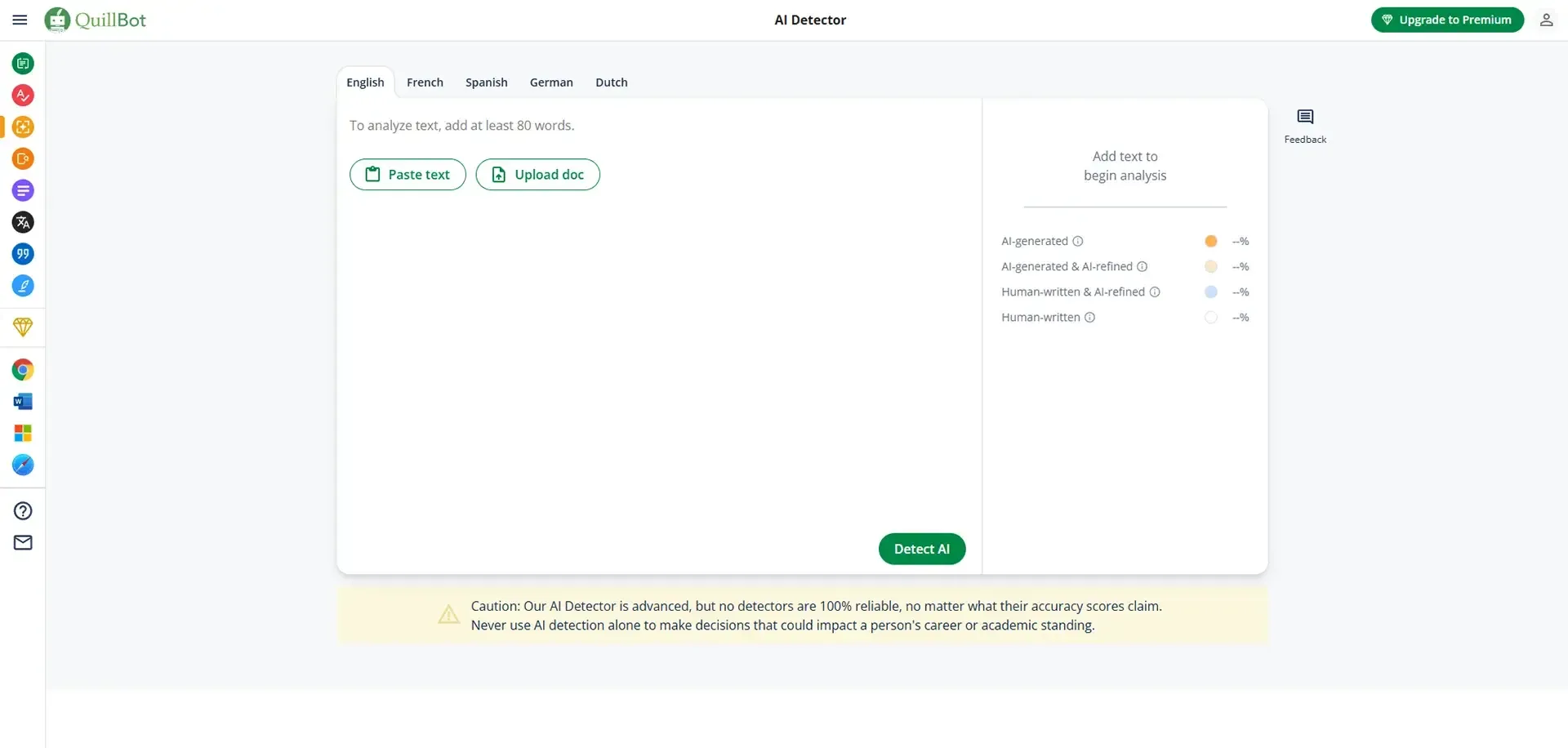
5. Copyleaks
Copyleaks is another option for drafting content ideas or generating first drafts of writing. Consulting Copyleaks's output is only a starting point for most people. And whichever output you use, rewrite the drafts heavily with your own stories or knowledge to retake ownership of the content.
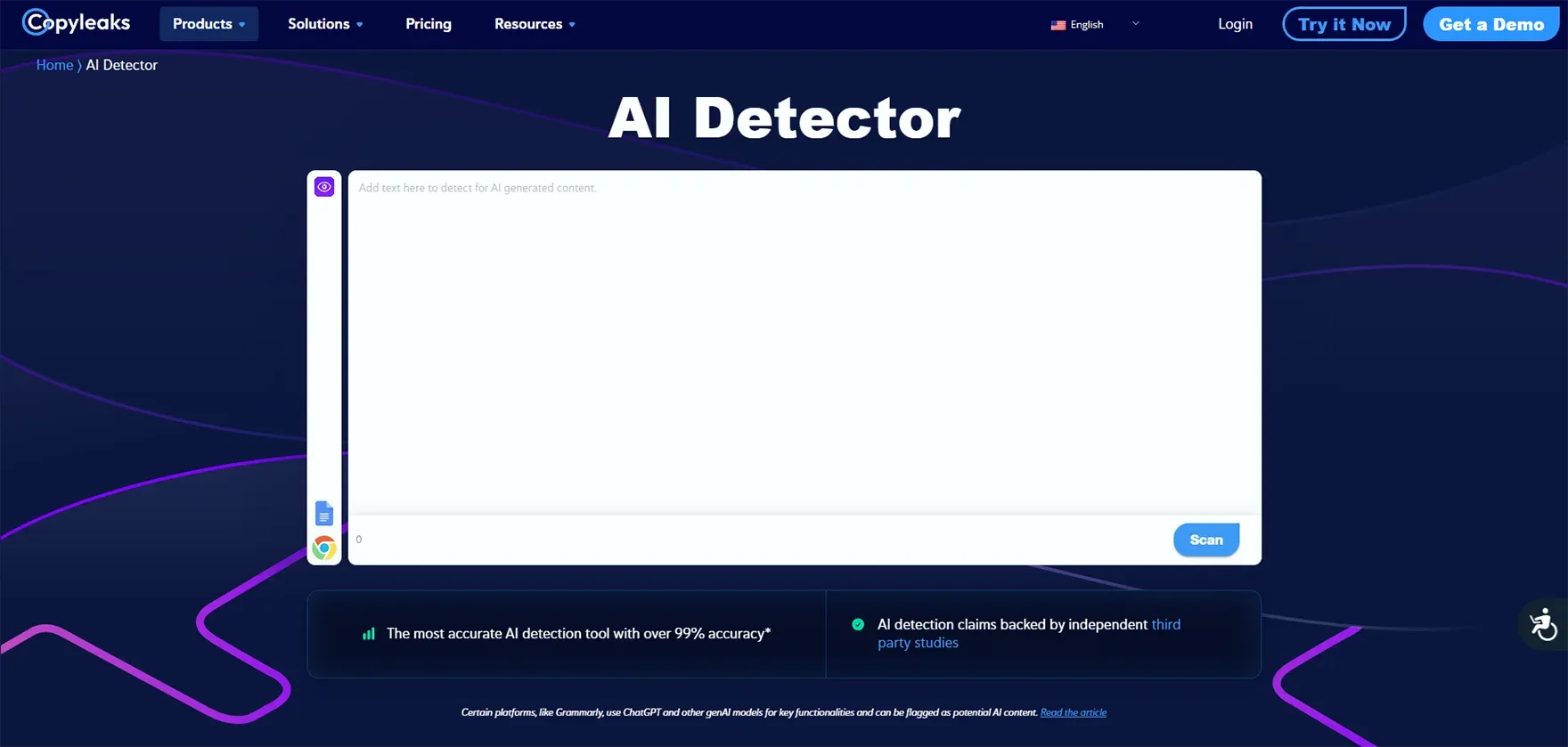
Important note: Don't rely entirely on any AI tool. Use them for ideas and inspiration, then do the real writing yourself. An AI checker can often detect when content comes straight from these tools without human editing.
Challenges & Limitations
Being honest about the challenges helps you prepare better. Here are real obstacles you might face:
1. AI Detectors are Not 100% Accurate : Sometimes a free AI detector will identify your completely human-written article as AI-generated. This is frustrating and unfair. If this happens, don't panic. Simply explain your writing process to your teacher or editor. If you can provide drafts, notes, or any research material to demonstrate you did write it, this should be sufficient.
I've had a piece of original writing flagged by an AI detector simply because I wrote very clearly and had few grammatical errors. The teacher reviewed my writing and (again) determined that the detector was incorrect.
2. False Positives : False positives are when detectors think your writing is AI-generated, but in actuality, it is human-created. False positives happen more in certain styles of writing especially really clear, organized, and formal writing. There is no complete solution here. The best safeguard is simply to document your writing process.
3. Finding the Balance with AI Assistance and Originality : There is a thin line when it comes to using an AI tool to assist you in research or even outlining, and where it crosses into too much use. To put it simply, my rule is this: AI can help me think and organize, but I do all of the actual writing myself. If I used a lot of AI in my writing, I probably wouldn't tell someone the whole amount because I would be embarrassed or worried it would be seen as if I didn't do all the writing myself.
4. Time and Effort in Rewriting & Editing : Writing authentically takes longer than sharing the output of AI. Rewriting text, integrating real-life examples, and editing for your voice takes effort. More effort. You cannot cheat the process. Writing has always taken time, and it still does.
When I work on an article, I tend to spend about 30% of my time researching, 40% writing a rough draft, and 30% editing, adding my own anecdotes. The last 30% is what makes the work sound human.
5. Ethical Considerations for Over-Relying on AI : The overuse of AI leads to questions of honesty and learning. If you are a student, your assignments are meant for you to learn, while over-relying on AI defeats that purpose. For other types of content creators, the audience deserves to know when they are reading the insights of a real person presenting their own expertise.
Think through why you are using AI as a tool in the process, and whether or not it serves your goals and values.
Common Mistakes That Trigger AI Detection
Knowing what triggers an AI detector for essays helps you avoid these patterns in your writing.
1. Overuse of Complex Vocabulary: A statement with big, impressive words in every sentence sounds insincere. In real life, people naturally use a mix and don't say "utilize" every time "use" gets the job done.
AI likes to use words such as "moreover," "furthermore," "consequently," and "nevertheless." Those words are not wrong, but they become suspicious of AI writing if one uses those words in every paragraph. Use various transition words and sometimes skip them altogether.
2. Repetitive Sentence Structures:
If every sentence is written in the same pattern, it's a giveaway that you've used AI to generate your writing. For example, the following sentences all follow a similar pattern:
"AI detection is significant. AI detection assists teachers. AI detection tools are developing. AI detection is important for writers."
This very robotic pattern shows and indicates artificial intelligence writing. Change it up and prefer different structures, questions, and sentence lengths.
3. Lack of Personal Tone
The most significant red flag for any ChatGPT checker is if the writing has no personality. If your essay or article could have been composed by anyone, it is probably generated by AI. Add your own opinions.
Use phrases like "I think," or "In my experience." Disagree with commonly held beliefs. Explain which aspects surprised you once you studied your topic. These personal touches are the best way to avoid detection by AI.
Conclusion
To enhance your writing for AI detection, it’s not about deceiving the software, but about being your true self. Write in your voice, provide truthful anecdotes, and deliver clarity and value.
While AI detectors aren’t infallible, you can check if your content sounds real by using AIChecker.pro, a free AI detection service.
As you navigate the AI space, use it to your advantage as an unfinished media service, stay authentic, and let your true voice present itself this is how human writing becomes distinguishable.
FAQs
1. Why is authentic writing important in the age of AI?
Authentic writing builds trust, shows expertise, and creates a stronger connection with readers compared to generic AI-generated text.
2. How do AI detectors identify machine-written text?
AI detectors look for repetitive structures, perfect grammar, overused vocabulary, and lack of personal experiences or emotions.
3. Can AI detectors be wrong?
Yes. They sometimes flag genuine human writing as AI (false positives) or fail to catch AI-generated text.
4. What are the best ways to make writing sound more human?
Use personal stories, vary sentence lengths, add opinions, and write conversationally with contractions and everyday language.
5. What tools can help improve human-like writing?
Helpful tools include Hemingway AI for editing, Jasper AI for idea generation, and AIChecker Pro for testing against AI detectors.
6. What writing mistakes often trigger AI detectors?
Common triggers include overusing complex vocabulary, repetitive sentence patterns, and impersonal or generic tone.
7. Is it wrong to use AI when writing?
Not necessarily—AI can help with brainstorming or outlines, but the final draft should be in your own voice with real experiences.

Nathan Porter
Content writer at @Aichecker
I am a content writer at AI Checker Pro, where I craft engaging, SEO-optimized content to enhance brand visibility and educate users about our AI-driven solutions. My role involves creating clear, impactful messaging across digital platforms to drive engagement and support company growth.



